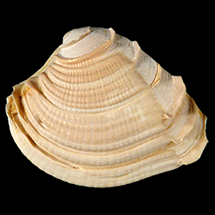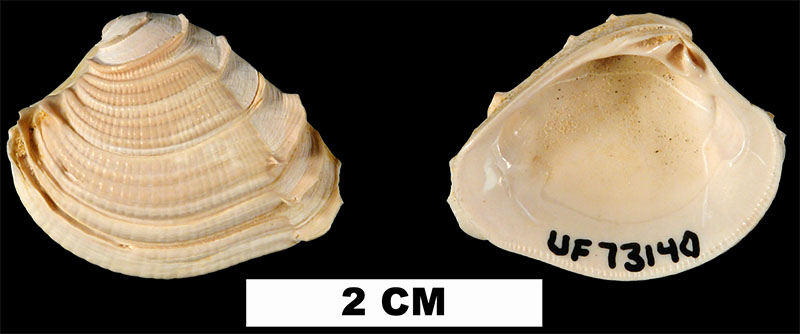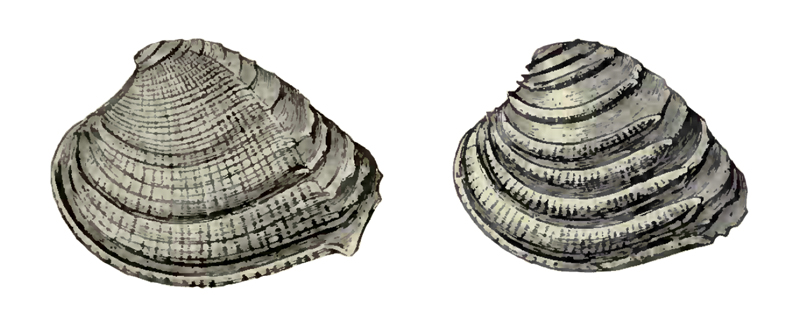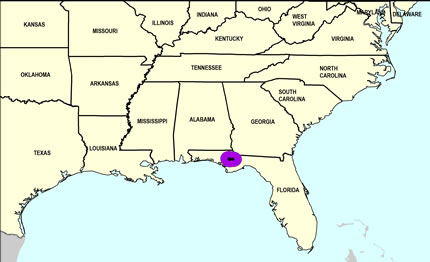
Chione burnsii

- Phylum: Mollusca
- Class: Bivalvia
- Order: Imparidentia
- Family: Veneridae
- Genus: Chione
- Species: Chione burnsii (Dall, 1900)
Geological Range
Early Miocene; Extinct.
Paleogeographic Distribution
Northern Florida.
Remarks
This species was originally figured in Dall (1900) without a written description.
Original Description (from Dall, 1903, p. 1294):
"Oligocene of the Chipola horizon at Alum Bluff and on the Chipola River; Burns and Dall.
Shell subtrigonal, heavy, moderately convex, with low prosogyrate beaks over a striated cordate lunule, with the escutcheon elongate, nearly smooth, bounded by a well-marked keel; beaks with a few distant, low, concentric lamellae; later the ribs become greatly thickened and recurved with narrower interspaces or more commonly confluent, suddenly pinched out behind, where they rise in thin, elevated foliations, and below the lunule in front are somewhat similar but more crowded; these ribs are crossed by faint radial striations sharper towards the beaks but not visible in the interspaces; hinge normal, teeth entire, adductor scars subequal; pallial sinus angular, small. Length 34, height 26, diameter 16 mm.
Except in the radial striation this species recalls the recent C. Kellettii Hinds of the Pacific coast fauna. The ribbed form is close to C. glyptocyma of the Oak Grove sands, but may be distinguished by the sculpture of the beaks."
To access this description in its original formatting through Google Books, click here.
Stratigraphic Occurrences
- Early Miocene
- Chipola Formation (N. FL)


